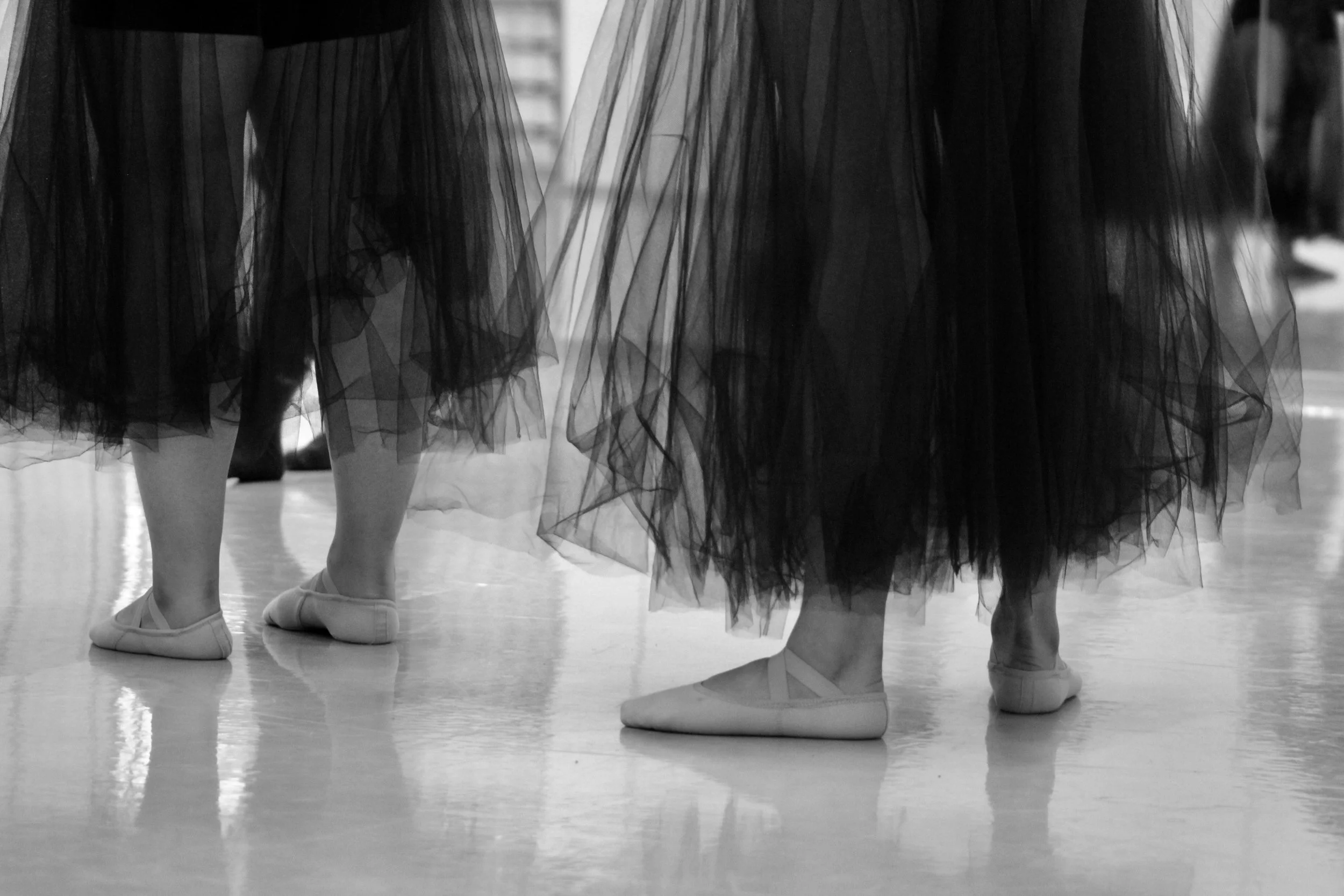
Research Statement
Research Statement
Inequities in classical ballet are at the center of my research. My wonderings are supported by a Practice as Research methodology where I am able to investigate my curiosities daily within creative and educational environments. I view this sector of research as a form of service by which I allow my current collaborators to guide our experiments and implementations.
In my MFA choreographic thesis This is Ballet I addressed imbalanced power structures, accessible creative processes, and ethical leadership practices. During this exploration I implemented a democratized choreographic process where dancers gave constant input regarding costumes, casting, and material. This autonomous climate bred authenticity and empathy that fueled the subject matter. The areas of exploration were informed by the lived experiences of all collaborators. Neurodivergence, queer and platonic love, rage, and empowerment were just a few of our investigated topics. The work sought to address ballet trauma and remind both performers and viewers that ballet doesn’t always have to be this way. In process, dancers were given forms to apprise me of their access needs, boundaries, and preferences. This data allowed me to devise a digital system that supported all types of learners, as well as a rehearsal schedule, casting, and choreography that respected the needs of all performers. The work studied in this creative-scholarly encounter is far from over, but it served as an informative baseline for reconstructing ballet leadership.
My discoveries in previous work have left me with additional curiosities regarding balletic reform. I’m continuing to explore other aspects of ballet inequities such as genderless (or all encompassing) training, dancer led and non-hierarchical choreographic processes in classical and contemporary ballet settings, and neurodivergent-friendly research modalities within dance. As a practitioner of Practice as Research, I am guided by inquiry-driven process. All my research is rooted in the question: “How else can we approach ____?” As an artist, I want to see completely varied heights, body types, skin colors, and identities on stage. As a creative researcher, I am keen to see why those aspirations are not widely held by those in artistic leadership. Activism, art, and advocacy are all forms of research and can be viewed as such so long as we put aside the elitist nature of ballet and academia. The intention of research is to move the field of dance forward through utilizing our findings to create improvement. That is precisely what I am seeking to do.
Header photo: Sara Cristina Silva